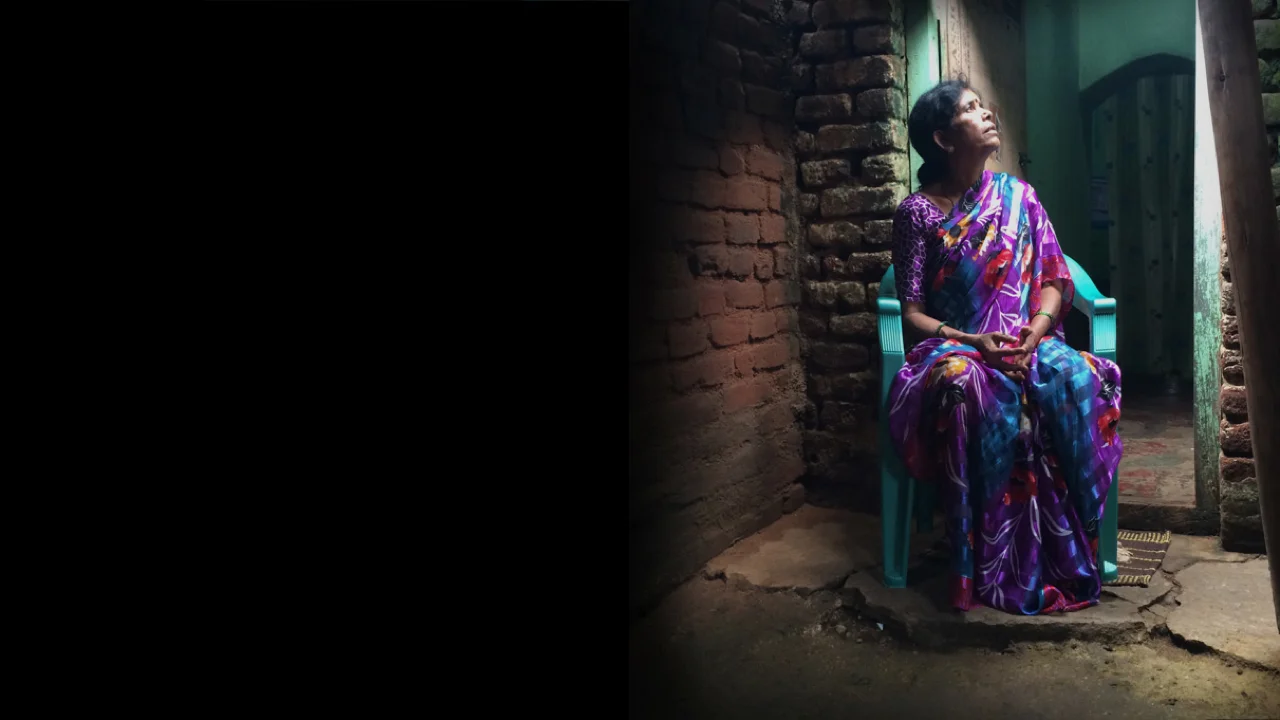In 2016, when more people have access to cell phones than toilets, women and girls living without a toilet spend 266 million hours each day finding a place to go to the bathroom. Women are critical change agents in the global water crisis, says Water.org’s Alix Lebec – it’s time we focus on how to address this global challenge at scale
In today’s world, time is a precious resource. How we get to spend our time greatly influences the opportunities we can tap into and ultimately – our future. And yet, countless numbers of women and children spend more than 125 million hours a day collecting water for their families, walking miles at a time.
In 2016, when more people have access to cell phones than toilets, women and girls living without a toilet spend 266 million hours each day finding a place to go to the bathroom. What if they could buy back that time to invest in their work, education, and communities, and make an equal contribution to society and the economy?
Investing in women
I’ve met numerous women who changed their families’ lives by taking out a small, affordable loan to obtain access to safe water and a toilet at home. Launched by Water.org in 2003, this type of loan is called WaterCredit and is provided by small banks - microfinance institutions (MFIs) – worldwide to families who earn between US$1 and US$8 a day. These loans ensure ownership, and enable a family to afford the upfront costs of paying for the construction of a water connection or a toilet at home. WaterCredit loans, which on average amount to $178, have a 99 percent repayment rate. More than 90 percent of recipients are women, and the impact is real: 3.6 million people have gained access to safe water and/or sanitation through this model.
Let me introduce you to Jayamma, a widowed mother of four I met during a trip to India. Jayamma’s path has not been easy, but she was determined to make her family’s life better by installing a water tap and toilet at home. She formed a women’s group and secured a loan through Grameen Koota, one of Water.org’s local WaterCredit partners.
Prior to having a toilet, Jayamma and her daughters had to defecate in the open, often in nearby fields. They found it humiliating that men working there would see them. As a result, she and her children would skip meals for up to three days - just to avoid going to the bathroom in public.
This story is a stark reminder of how this global crisis affects millions worldwide. Today, 2.4 billion people still live without proper sanitation, while 660 million lack access to safe water. I hope we no longer need to advocate for why it’s critical we end the global water crisis in our lifetime. Taking a page from Randall Kempner’s post, my hope is that we can discuss the HOW. How will we address the global water crisis at scale? How will we empower women – who are critical change agents – along the way? How will we pay for these efforts?
The status quo of how philanthropic and aid capital is deployed to solve the global water crisis remains insufficient. There will never be enough philanthropy to address the magnitude of this issue. The World Health Organization estimates that it would cost US$200 billion a year to end this crisis over five years. Annual aid for water and sanitation amounts to only US$8 billion – far short of what is needed. Meanwhile, global capital markets exceed $225 trillion, and the social impact investing market is worth $60 billion and growing. Private capital’s scale and global reach could help significantly accelerate progress against the global water crisis.
Blended capital models to bridge the gap
Building on results attained through charity, both catalytic philanthropy and social impact investing represent a promising opportunity to move the needle here. Let me explain.
“As these loans are repaid, the capital is recycled by these MFIs and used to provide new WaterCredit loans to additional families. This enables start-up philanthropic capital to have a growing and sustainable impact over time.”
WaterCredit represents one step Water.org has taken to address a $12 billion demand among the base of the economic pyramid (BOP) for access to affordable financing (small loans) to meet their water and sanitation needs. To roll out WaterCredit, Water.org has developed an extensive due diligence process and partnered with nearly 60 MFIs worldwide. Water.org provides a small philanthropic subsidy to these MFIs to help them jumpstart a WaterCredit lending portfolio for the BOP. This includes covering start-up and ongoing monitoring costs such as market research, loan product development, and hygiene education programs. To date, Water.org has provided $14.1 million in philanthropic subsidies to its MFI partners to launch WaterCredit programs.
As a result, these MFIs have attracted $151 million dollars in local commercial and social investment capital to provide 845,000 WaterCredit loans to families in need. As these loans are repaid, the capital is recycled by these MFIs and used to provide new WaterCredit loans to additional families. This enables start-up philanthropic capital to have a growing and sustainable impact over time.
However, to scale at a much higher level and get closer to meeting that $12 billion demand, these MFIs need access to investment capital at a slightly lower cost. This is something Water.org has recently started to explore. We launched and closed an $11 million social investment Fund in November 2015 to provide social investment capital at a lower cost to some of our highest performing MFI partners in India. The goal is to help these partners scale their WaterCredit portfolios and impact at a faster pace.
To build on this, Water.org has launched a new social impact investment initiative – called WaterCapital – that will oversee this Fund, and launch several additional social investment funds. The goal is to build the market between social impact investors and enterprises (including MFIs) that have the potential to reach tens of millions of people with improved water and sanitation services. Our efforts will initially focus on India, Indonesia, Cambodia, and the Philippines.
With WaterCapital, Water.org aims to tilt capital markets more in favour of the poor, demonstrating that there are bankable deals in the water sector that can benefit the BOP. And above all, we intend to unlock the power of women and the potential of children to claim their own brighter future. Let’s make this happen.






